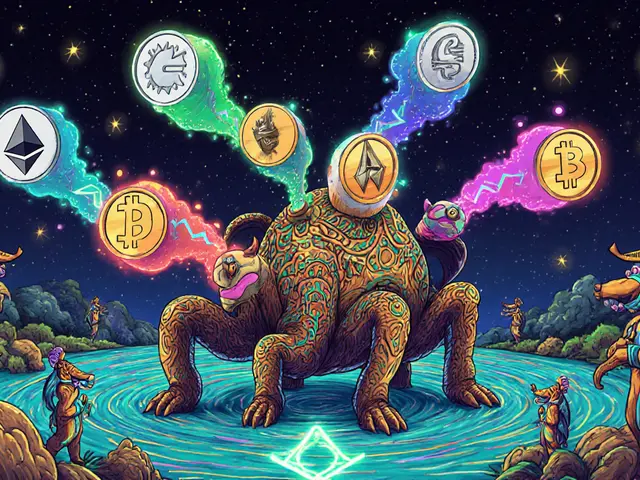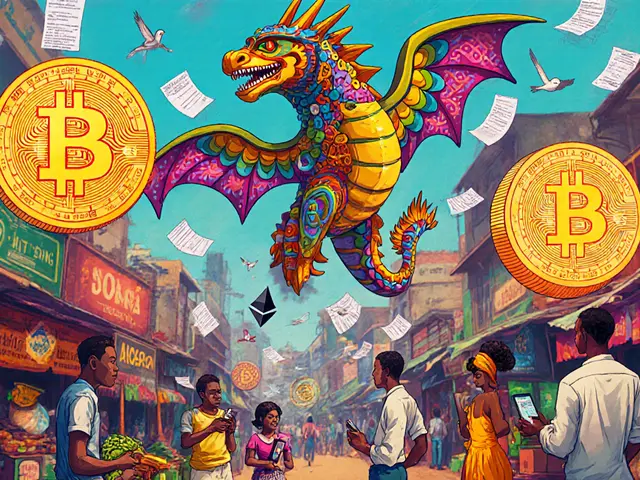DEX Crypto Exchange: What It Is, How It Works, and Which Ones Actually Matter
When you trade crypto on a DEX crypto exchange, a decentralized platform that lets users trade directly from their wallets without handing over control of their funds. Also known as a non-custodial exchange, it removes the need for banks, brokers, or middlemen—your keys, your coins. Unlike centralized platforms like Binance or Coinbase, where the exchange holds your crypto, a DEX runs on smart contracts. That means no one can freeze your account, no one can steal your assets through a hack of their servers, and no one can decide you can’t trade a certain token.
But not all DEXes are created equal. Some, like KyberSwap Classic (Avalanche), a transparent DEX aggregator optimized for AVAX and stablecoin swaps, offer clean trades with low slippage and real volume. Others, like Huckleberry, a niche DEX built for Polkadot and Moonriver users, serve tiny ecosystems with gas-free swaps and cross-chain bridges. Then there are dead ones—Wannaswap, a once-promising Aurora-based DEX now with zero liquidity and no team—that exist only as ghost tokens. The difference? Activity. Community. Updates. A real DEX needs users trading, not just a website that looks alive.
What makes a DEX worth using isn’t just the tech—it’s the ecosystem around it. If you’re trading on Ardor DEX, a lightweight exchange built into the Ardor blockchain for child-chain tokens, you’re not looking for BTC or ETH. You’re there because you hold ARDR or one of its child-chain assets. That’s the pattern: most working DEXes serve specific chains or communities. They’re not meant to replace Coinbase. They’re meant to let people trade tokens that centralized exchanges ignore.
And then there’s the risk. No KYC sounds great—until you realize the platform has no customer support, no insurance, and no accountability. That’s why so many posts here warn against exchanges like GroveX or KCEX: they offer low fees and privacy, but at the cost of safety. A DEX isn’t safe just because it’s decentralized. It’s safe when it’s audited, active, and has real users.
What you’ll find below isn’t a list of every DEX ever made. It’s a curated collection of the ones that actually do something—whether that’s enabling precise swaps on Avalanche, letting Polkadot users trade without gas fees, or helping you avoid the zombie tokens of failed projects. You’ll see reviews of live platforms, deep dives into dead ones, and clear warnings about scams hiding behind the label "decentralized." This isn’t about hype. It’s about knowing which DEXes are worth your time—and which ones are just digital ghosts.










